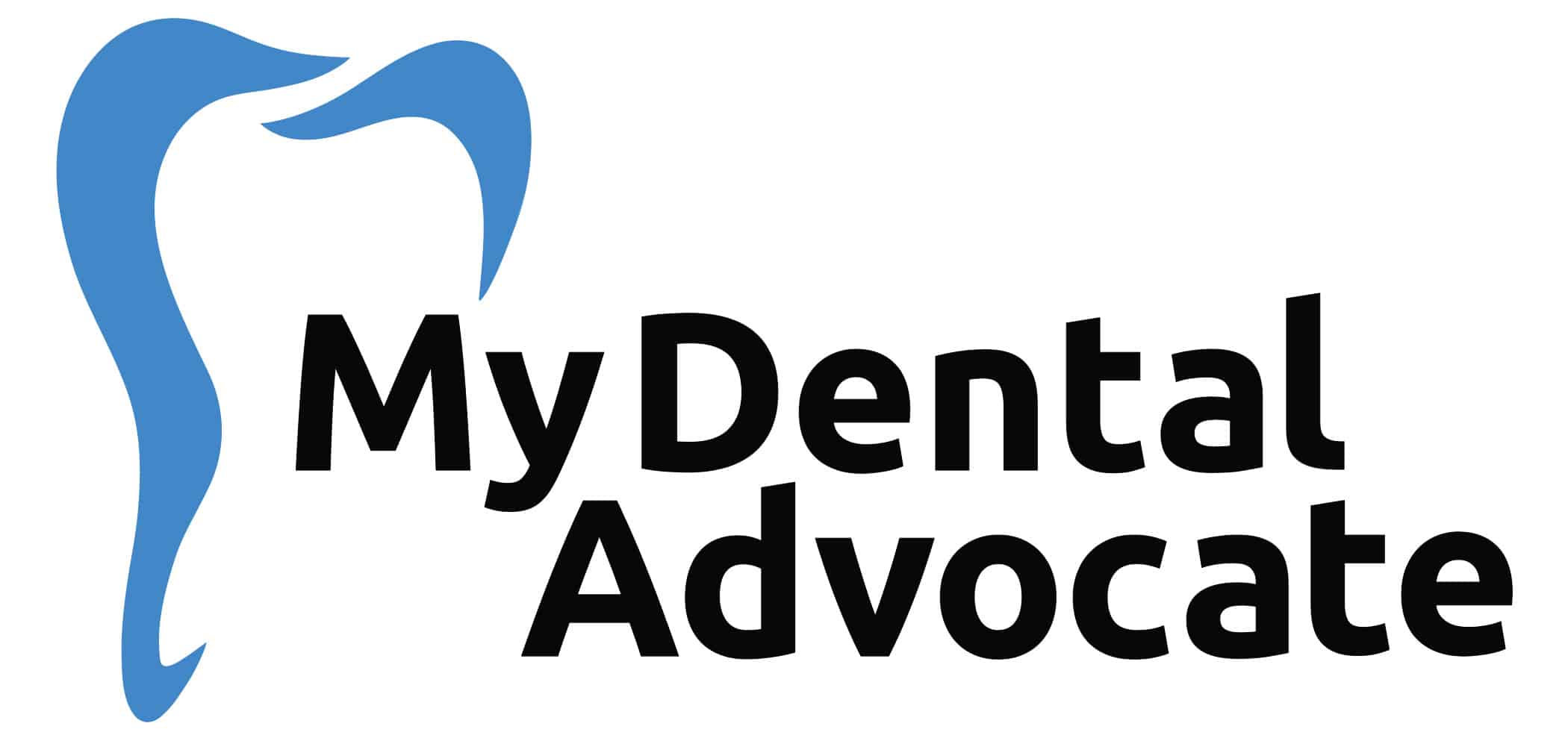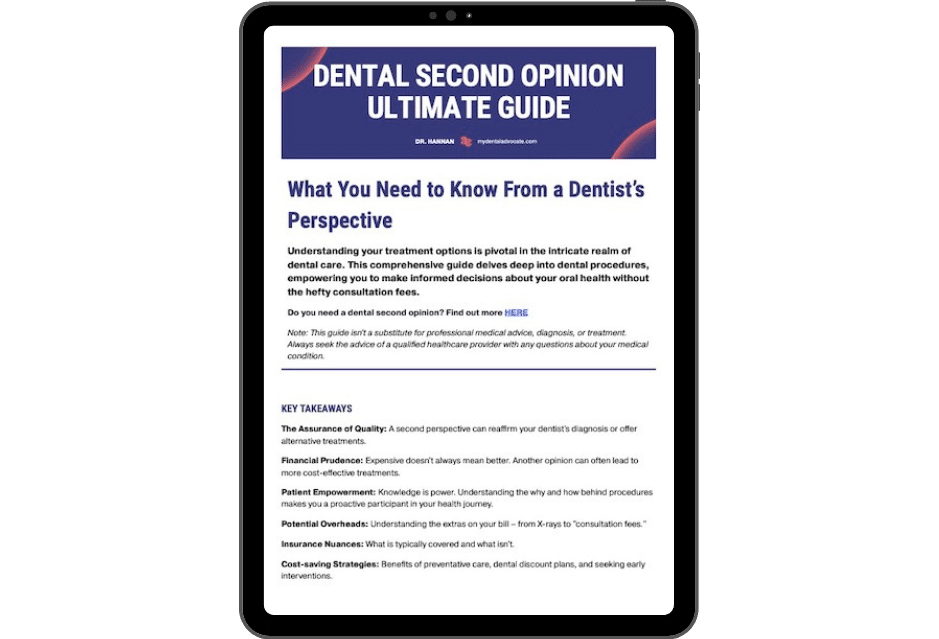Are Dental X-rays Necessary? (Expert Advice)
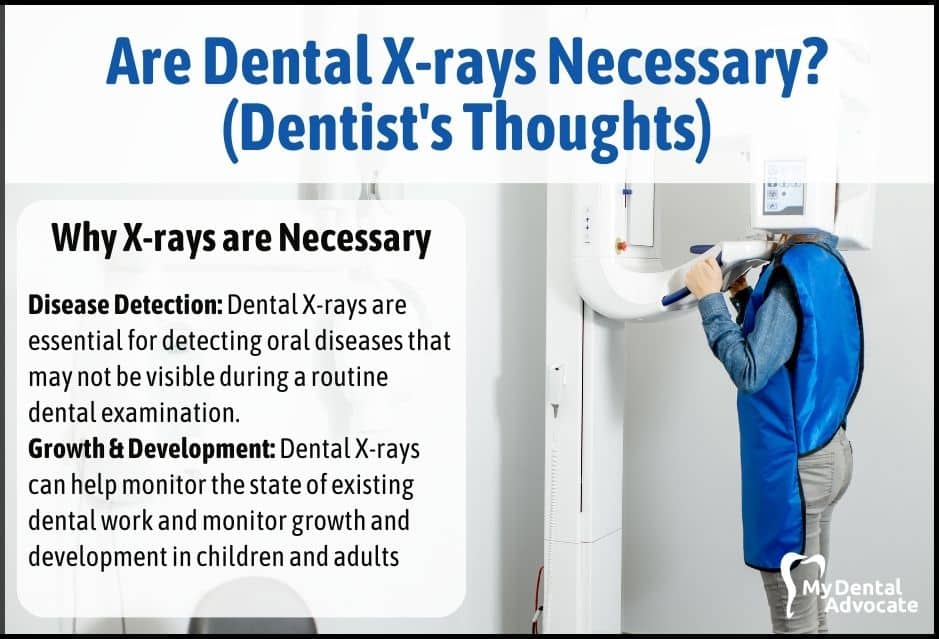
Dental X-rays have been discussed in recent years, with patients and professionals alike questioning their necessity and safety.
As we dive into this topic, we aim to explore the purpose, types, and potential risks associated with dental X-rays.
While dental X-rays have undeniably revolutionized dental care, concerns surrounding their safety have arisen, mainly due to radiation exposure.
Key Takeaways
- Dental X-rays help detect hidden dental problems and inform treatment plans.
- Various types of dental X-rays serve different purposes in dental care.
- Modern advances in X-ray technology have minimized risks and enhanced safety.
Need Dental Advice? Ask Dr. Hannan!
Why Are Dental X-rays Necessary?
Dental X-rays are essential for detecting oral diseases that may not be visible during a routine dental examination.
They help us diagnose and identify problems such as decay, cavities, and gum disease in their early stages, which may not yet exhibit noticeable symptoms.
Disease Detection
Moreover, X-rays can reveal hidden dental structures, such as wisdom teeth, that could cause complications if left untreated.
With dental X-rays, we can also detect periodontal disease, which affects the gums and structures surrounding the teeth. Early diagnosis allows for timely treatment, preventing the disease from progressing and causing irreparable damage to your oral health.
Growth and Development Monitoring
Dental X-rays play a vital role in monitoring growth and development in children and adults. For children, dentists use X-rays to track the progression of primary (baby) teeth and the eruption of permanent teeth.
This allows us to identify potential dental issues, such as overcrowding or misalignment, and implement early intervention strategies to correct them.
Dental X-rays can help monitor the state of existing fillings, crowns, and other dental work for adults. Furthermore, X-rays help us assess the health of your jawbone and the positioning of your teeth in the mouth.
This information is crucial, especially when planning orthodontic treatment or determining dental implant needs.
By using dental X-rays as a diagnostic tool, we can ensure that both you and your family maintain optimal dental health and address any potential issues before they become more severe.
According to research, digital radiographs can reduce the amount of radiation exposure up to 80% compared to traditional film.
Remember that early detection and treatment are essential for preserving the health of your teeth and gums and maintaining your overall well-being.
Types of Dental X-rays
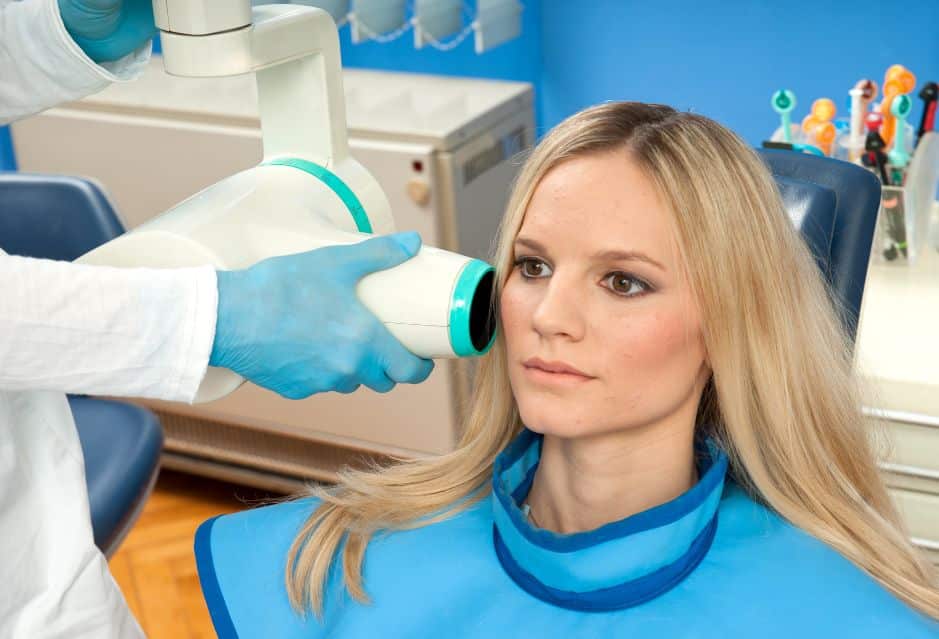
Intraoral X-Rays
Intraoral X-rays are the most common type of dental X-rays, where the film is placed inside the mouth.
These X-rays provide a high level of detail, allowing dentists to see the teeth, gums, and supporting bone structures.
- Bitewing X-rays: Capture crowns of upper and lower teeth, useful for spotting decay between teeth, checking gum health, and reviewing dental restorations.
- Periapical X-rays: Focus on a single tooth, showing crown to root, crucial for detecting abscesses, cysts, periodontal disease, and impacted teeth.
- Occlusal X-rays: Provide a wider view of the jaw, essential for identifying mouth abnormalities, monitoring tooth development, and assessing bite issues.
Extraoral X-Rays
Extraoral X-rays, as the name suggests, are taken with the film positioned outside the mouth. These images provide a broader view, allowing dentists to see the entire skull and jaw.
They are primarily used to examine impacted teeth, monitor jaw growth, and identify issues with the temporomandibular joint (TMJ) or other structures around the mouth.
- Panoramic X-rays: An extraoral X-ray that shows a complete view of the mouth, including teeth and jaws. Useful for detecting tumors, cysts, fractures, and jawbone abnormalities.
- Cephalometric X-rays: Side view X-ray of the head, crucial for evaluating facial growth and planning orthodontic treatments. These are key in orthodontic treatment planning and progress tracking.
In summary, dental X-rays are vital to modern dentistry, offering insights into various aspects of oral health.
Both intraoral and extraoral X-rays have unique purposes, allowing dentists to detect and treat issues with greater precision and accuracy. By utilizing these tools, we can provide the best possible care for our patients.
Dental X-ray Safety
Dental X-rays are a valuable tool in diagnosing dental issues and maintaining oral health. We understand the concerns surrounding radiation exposure and want to assure you that dental X-rays are safe.
The radiation exposure from dental X-rays is extremely low, making them a safe diagnostic tool for patients of all ages.
Radiation Exposure
We adhere to the ALARA (As Low As Reasonably Achievable) principle, which ensures that we only use the minimum amount of radiation necessary for accurate diagnosis.
This includes employing digital X-rays, which typically emit less radiation than traditional film X-rays. Additionally, we use protective measures such as a thyroid collar and lead apron to minimize your radiation exposure further.
X-Rays & Pregnancy
We also prioritize the safety of both mother and baby for pregnant patients. We recommend informing your dental team about your pregnancy before any X-ray procedures.
This allows us to take extra precautions to limit radiation exposure, such as delaying non-urgent X-rays until after the pregnancy or using additional shielding like a lead apron to cover the abdominal area.
Potential Risks
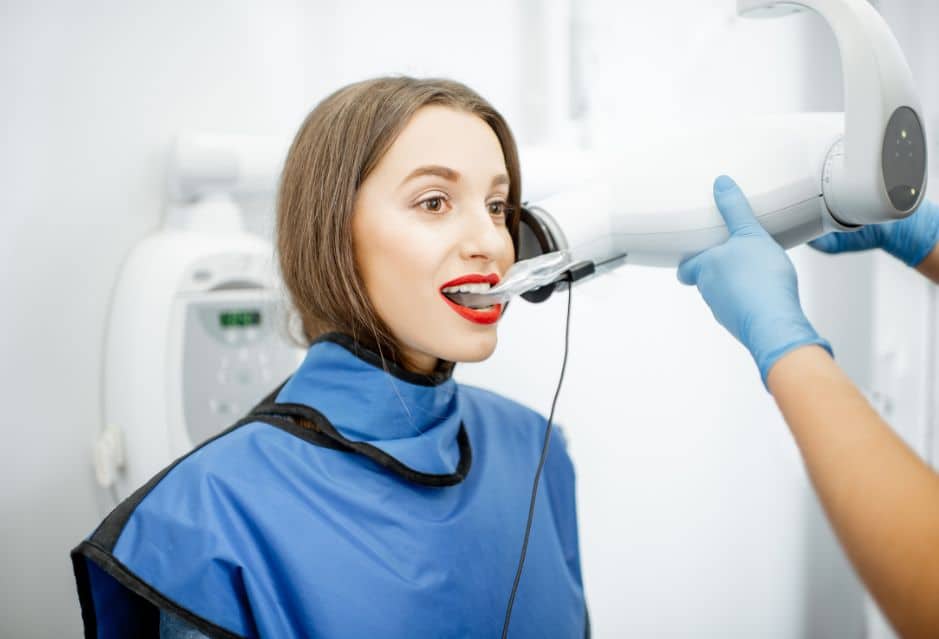
Dental X-rays are an essential tool in diagnosing and treating various dental conditions.
However, it is important to be aware of their potential risks. We will discuss some of the concerns that have been raised about the safety of dental X-rays.
One of the primary concerns with dental X-rays is the exposure to ionizing radiation.
Ionizing radiation has the potential to cause damage to the body’s cells and increase the risk of cancer.
However, the amount of radiation in dental X-rays is relatively low, especially compared to other medical imaging procedures.
It is important to understand that the risk of developing cancer from dental X-rays is minimal.
Studies have reported a very low risk of malignant tumors associated with dental X-rays, such as meningioma, a type of benign brain tumor. Although there is a slight increase in risk, the overall chance of developing these conditions remains low.
Recommended Reading: FMX Dental X-Ray Guide (Are They Safe?)For those in high-risk groups, such as children and pregnant women, the potential risks of dental X-rays should be weighed against the benefits of early detection and treatment of dental issues.
It is crucial to communicate with your dentist about any concerns and ensure that they follow proper safety protocols to minimize radiation exposure.
Practical Aspects
Insurance Coverage
As dental professionals, we understand that dental insurance plays a significant role in the decision-making process for many of our patients.
Most dental offices submit claims for dental x-rays as part of your insurance coverage, and often, insurance plans cover these diagnostic tools to some extent. Nevertheless, we recommend that you verify with your insurance provider to ensure coverage for dental x-ray procedures.
Frequency of X-Rays
To deliver the best dental care, the need for dental X-rays is balanced against the patient’s age, oral health, and other individual factors.
For a new patient, the dental team may take comprehensive X-rays as part of the initial examination. This gives them a clear picture of your oral health from the start.
Following that, x-rays are typically taken in intervals depending on the patient’s needs:
- Adults: X-rays every 1-2 years for adults without dental problems. Those with gum disease or decay history may need more frequent X-rays.
- Children: X-ray frequency varies from every 6-18 months, based on age and dental development.
Preparing for a Dental X-ray
When visiting your dental office for an x-ray, preparation is straightforward, and there is no need to alter your regular routine. The procedure is quick and painless, involving the use of an x-ray machine to capture images of your teeth, jaw, and supporting structures.
It is essential to inform the dental team of any changes in your medical history or if you are pregnant, as some considerations may be made during patient selection for X-rays.
The dental team is dedicated to providing the highest quality care while minimizing radiation exposure, so rest assured that the team will take all necessary precautions for your safety and well-being.
Recommended Reading: White Spot on Dental X-Ray: Causes and Treatment OptionsDental Treatment and X-rays
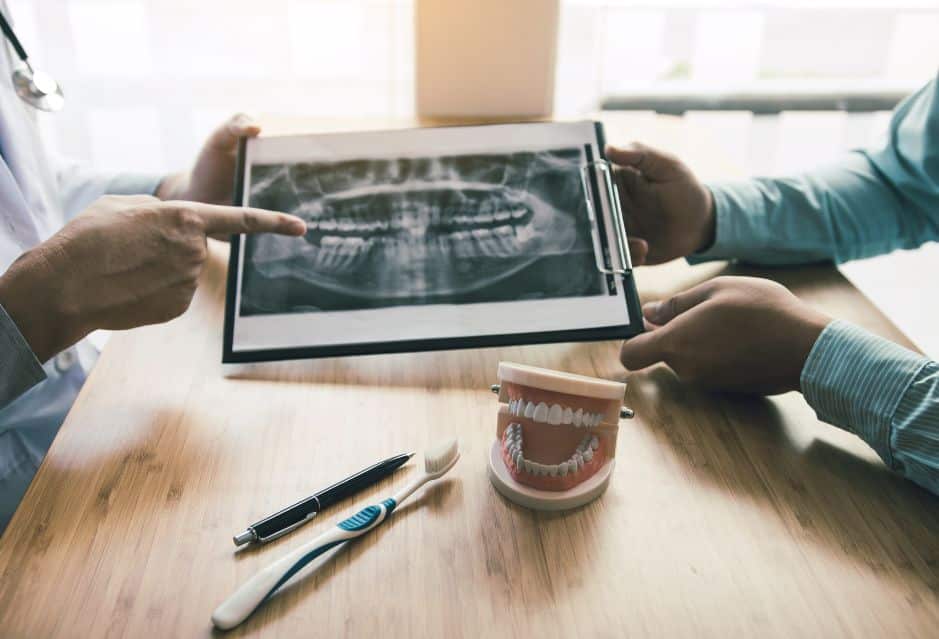
Orthodontic Planning
Dental X-rays play a vital role in the treatment planning process for orthodontic procedures.
They allow us to see the position and alignment of the teeth and jaws, helping us make more accurate decisions in prescribing treatments such as braces or dental implants.
For instance, in case a patient requires braces, X-rays provide a comprehensive view of their teeth’s current alignment, enabling us to develop a tailored treatment plan.
Additionally, dental X-rays help us identify any underlying oral health issues that could impact the success of the orthodontic treatment. It might reveal hidden teeth, bone abnormalities, or other issues that would influence our approach to the treatment.
By addressing these concerns early in the process, we improve the chances of successful orthodontic outcomes for our patients.
Root Canal Treatments
Root canal treatments are needed when the tooth’s pulp becomes infected or inflamed, often caused by untreated cavities, abscesses, or traumatic injuries. In such cases, dental X-rays are essential in diagnosing and treating these conditions effectively.
With the help of X-rays, we can precisely locate the tooth’s infection source, determine the root canal’s shape and length, and ensure that we’ve eliminated all the infected tissue during the procedure.
This detailed information helps us create a more targeted treatment plan and reduces the likelihood of complications or the need for retreatment.
During a root canal treatment, dental X-rays are taken at various stages to monitor our progress and make any necessary adjustments. For example, X-rays allow us to confirm if the tooth has been properly cleaned and filled, ensuring the success of the treatment and minimizing the risk of future issues.
Advancements in Dental X-ray Technology
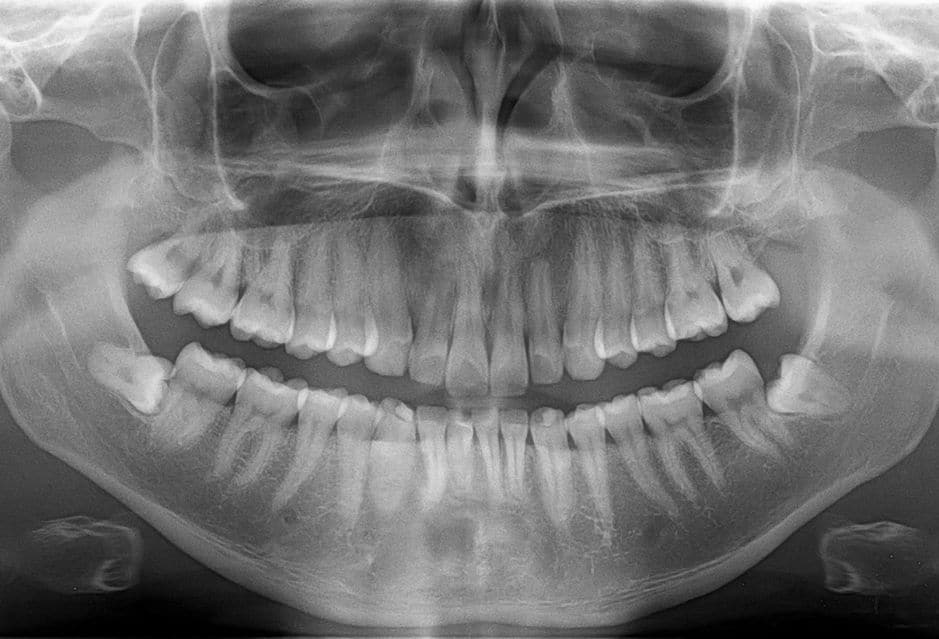
In recent years, dental X-ray technology has seen significant improvements that have greatly enhanced both the diagnostic capabilities and patient experience.
One of these advancements is the shift from traditional film-based X-ray systems to digital x-rays.
Digital x-rays offer several advantages over film, including reduced radiation exposure for patients and better image quality for diagnosis.
Additionally, digital x-rays can be easily stored and transferred electronically, making the process more efficient for dental offices.
Another major advancement in dental x-ray technology is the introduction of Cone Beam Computed Tomography (CBCT). CBCT utilizes a cone-shaped X-ray beam, which captures detailed 3D images of the patient’s entire mouth, including the teeth, soft tissues, and bone structures, in a single rotation.
This innovation allows dentists to get a more comprehensive view of the patient’s oral health, aiding in the detection and treatment of complications that may not be visible through traditional 2D x-rays.
Furthermore, some dental professionals are incorporating handheld x-ray devices into their practices. These portable devices allow dentists to take precise images quickly, in the convenience of the patient’s dental chair.
This helps to reduce wait times and minimizes the need for patients to be moved between rooms for imaging procedures.
Lastly, advancements in x-ray technology have opened the door for the development of new software, which helps dentists and specialists analyze and interpret images more efficiently.
This includes applications that can detect early signs of decay, measure bone density, and assist in treatment planning for dental implants and other restorative procedures.
Overall, these technological advancements in dental x-rays have greatly improved the process for dental professionals and patients alike, and as technology continues to evolve, we can expect dental x-ray technology to become even more efficient and effective in the future.
Frequently Asked Questions (FAQ)
How often should seniors get dental x-rays?
The frequency of dental x-rays for seniors varies depending on their dental health and risk factors. Generally, seniors with healthy teeth and gums may only need x-rays every two to three years, while those with a history of dental issues or at higher risk for oral health problems may need them more frequently. It is essential to consult your dentist to determine the most appropriate schedule for your dental x-rays.
How many dental x-rays are safe per day?
Dental x-rays expose you to a minimal amount of radiation, and the risk associated with exposure is usually negligible. However, it’s essential to limit the number of x-rays to only what is clinically necessary. There is no specific limit on the number of dental x-rays you can safely get in a day. Your dentist will consider your dental health and any potential risks before recommending any x-rays.
Can I decline dental x-rays for my child?
As a parent, you have the right to decline dental x-rays for your child. However, it’s important to understand that x-rays can help diagnose and prevent dental issues that may not be visible during a routine examination. If you have concerns about the radiation exposure or necessity of dental x-rays for your child, we recommend discussing them with your dentist to make an informed decision.
My Experience & Expertise
As a dentist, I believe that dental X-rays are not just tools but essential instruments that guide us in providing comprehensive oral care.
They allow us to diagnose hidden issues and develop precise treatment plans.
Ensuring patient safety and using the latest technology, these X-rays are foundational in maintaining optimal dental health. Always trust the process and know that we prioritize your well-being above all.
Need a second opinion? We can help! Learn more. Knowledge is power when cultivating healthy dental habits. The more informed you are, the better positioned you’ll be to prevent avoidable and potentially costly dental procedures for you and your family. Watch for future blog posts, where we’ll continue sharing important information, product reviews and practical advice!

About the Author
Dr. Matthew Hannan, also known as “Dr. Advocate,” is a board-certified dentist on a mission to provide accurate dental patient education. He attended Baylor University before completing dental school at UT Health San Antonio School of Dentistry. He now lives in Arizona with his beautiful wife and 4 kids. Dr. Hannan believes everyone should access easy-to-read dental resources with relevant, up-to-date dental research and insight to improve their oral health.

Connect with Dr. Hannan!
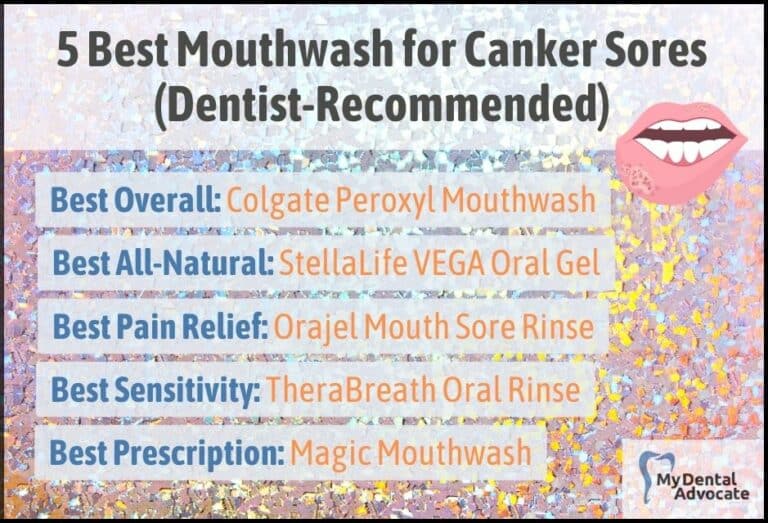
Best Mouthwash for Canker Sores 2024 (My Thoughts)
Opening your mouth and seeing a canker sore looking back at you in the mirror is never pleasant. These pesky, painful sores can make eating, drinking, and even talking painful.
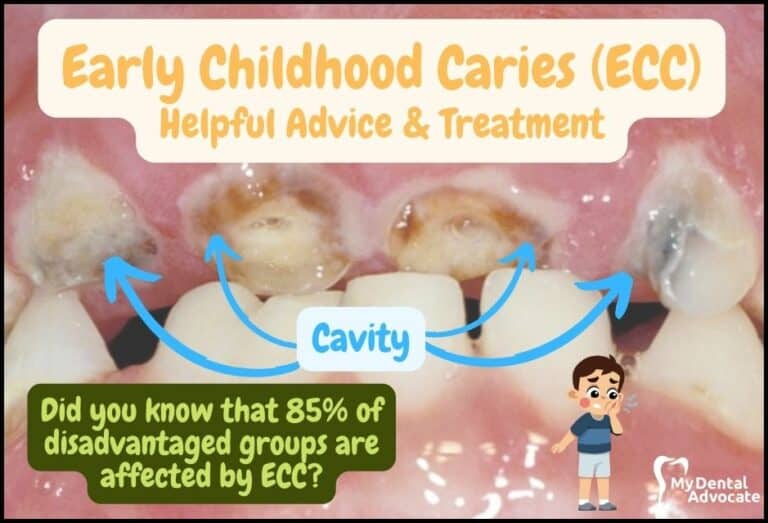
What Is Early Childhood Caries (ECC)? Helpful Advice & Treatment
Early childhood caries (ECC) is a destructive oral health disease that affects infants and preschool children worldwide. What’s involved? ECC is the presence of one or more decayed, missing, or filled primary teeth in children five and younger.

10 Simple Steps to Prevent Cavities (Dentist’s Perspective)
As a dentist, one of the most common questions I get asked is how to prevent cavities. People can take many simple steps to reduce their risk of developing cavities, and in this blog post, we will discuss 10 of them to keep…
Gain Clarity with Our FREE Second Opinion Guide
Receive clear, expert second opinions online within 48 hours. Start today!
Product Reviews
Our 250+ dental product reviews (and counting), curated by an experienced dentist, are the most comprehensive online.
Toothbrush Genie
State-of-the-art chatbot designed to help you discover your perfect toothbrush in just a few simple steps!
Cavity Risk Assessment
Cutting-edge digital tool designed to evaluate your individual cavity risk based on your responses to a series of questions.
Gum Disease Assessment
Discover your gum disease risk with our quick and engaging 6-question assessment!
